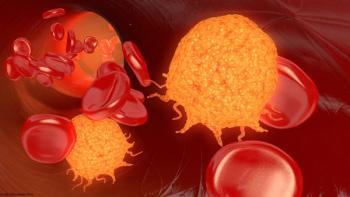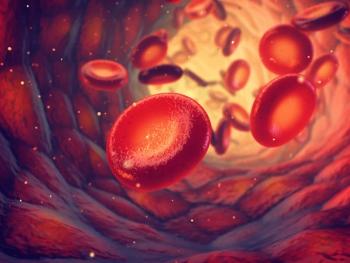
- ONCOLOGY Vol 36, Issue 5
- Volume 36
- Issue 5
- Pages: 296
Making Progress in PTCL: Significant Unmet Needs
Sunita D. Nasta, MD, gives her perspective on emerging treatments for peripheral T-cell lymphomas.
Peripheral T-cell lymphomas (PTCLs) are a heterogenous group of disorders that tend to behave aggressively. As noted by
The standard therapy for PTCLs remains an anthracycline-based regimen like CHOP (cyclophosphamide, doxorubicin, vincristine, and prednisone), but the progression-free survival (PFS) in patients with PTCLs is inferior to that of similarly staged patients with B-cell lymphomas. Stuver et al note that within the larger group of PTCLs, certain lymphomas may be more amenable to an enhanced treatment algorithm.
Identify CD30 expression. As noted in the review, using brentuximab vedotin (Adcetris) to target CD30 expression provides the best efficacy in both the frontline and relapse settings.
If disease is CD30 negative, treating with etoposide can improve complete response (CR) and PFS.
High-dose chemotherapy can enhance PFS, particularly in those patients achieving CR. While this approach is limited by age and performance status, the use of high-dose chemotherapy in the first CR can extend PFS and thus improve overall survival (OS).
While the frontline therapies discussed by Stuver et al have improved CR, PFS, and OS in selected populations, many patients remain likely to relapse and have limited options in that setting. Single agents currently used in the relapse setting are being studied in combination with both first-line chemotherapy and each other, which has promise for improving outcomes.
Three areas have particular investigative potential: personalized diagnostics to identify molecular targets; epigenetic modifiers; and immunotherapy, both in the form of cellular therapies as well as bispecific therapeutic entities. The ongoing studies in all of these areas give me optimism for further improvement in treating PTCLs.
Reference
Stuver R, Epstein-Peterson ZD, Johnson WT, et al. Current treatment of peripheral T-cell lymphoma. Oncology (Williston Park). 2022;36(5):293-305.
Articles in this issue
over 3 years ago
Current Treatment of Peripheral T-cell Lymphomaover 3 years ago
Expert Commentary On The Product Profile Of Dostarlimabover 3 years ago
CRISPR Patent Battle: Beautiful Science, Poor Public PolicyNewsletter
Stay up to date on recent advances in the multidisciplinary approach to cancer.


















































































